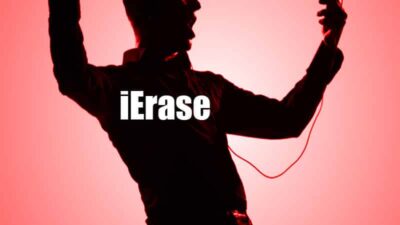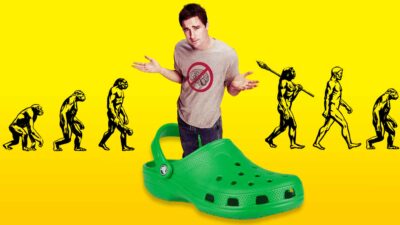EEG technology is most commonly used by doctors to record brain activity. Until recently it was only ever used within the field of medical research. Over the last few years, however, all kinds of industries have begun to take an interest in the possibilities that the technology offers. Here are four of the most innovative EEG projects in progress.
01) Travel Guide Based on Emotions
When you visit a new country, it can be easy to become overwhelmed by all the choice in attractions. This is especially true when you want to fit as much in as possible in a short amount of time. The last thing you want to do is to waste your time or money on attractions that you don’t enjoy.
But what if you could instead view a travel guide purely based on the emotions, such as excitement, exhilaration or interest, that you want to feel? Well, the Singapore Tourist Board has teamed up with two Australian scientists in order to do just that, by using EEG headsets to monitor the brainwaves and emotions of tourists so that these activities can be categorized by emotion. This means you can simply search the Singapore travel guide with emotion keywords and from there choose what you want to do. It’s a concept that has been billed as the future of travel, so expect to see the idea rolled out in more countries within the next few years.
02) To Improve the Lives of Physically Disabled People
When you have a physical disability such as from the loss of a limb or a form of paralysis, it can feel like you’ve lost your power as you have to rely on others for everyday things such as opening a door. Emotiv CEO Tan Le is hoping to give these people their power back, using EEG technology based on the idea of “the Force” from the Star Wars movies. EEG can monitor the patterns your brain uses for command and copy them. This would enable your brain can give commands to electronic objects, such as putting on the lights by just thinking about it. The technology is still new. But hopefully, in the future, this technology can be used to control things like prosthetic arms.
03) To Help People with Depression
We’ve all experienced how much emotion can be associated with a song. Perhaps it reminds you of heartbreak or brings memories of a happy night out – music is very much intertwined with our emotions. A notion that was furthered in research, using EEG, that looked at our emotions as we listened to certain songs. This research is looking to build patterns. This will allow us to see which areas of our brain are stimulated when we listen to happy music. Scientists hope to be able to develop a type of music therapy. Then use music to help treat mental illnesses like depression and anxiety.
04) To Differentiate the Differences Between Professionals and Amateurs
What makes someone successful within their field compared to amateurs? And what can we learn by comparing the brain maps of the two groups? A recent study used EEG headsets to discover the differences between the brains of professional and amateur poker players. It revealed that amateurs typically made plays based on emotion. Whereas professional players based their decisions on logic, using the same area of the brain that mathematicians use to solve complicated problems. Of course, all professional players start out as amateurs. So the EEG research showed that it could indeed be possible to train our brains to react to situations differently.

Frank Wilson is a retired teacher with over 30 years of combined experience in the education, small business technology, and real estate business. He now blogs as a hobby and spends most days tinkering with old computers. Wilson is passionate about tech, enjoys fishing, and loves drinking beer.






















 Infographic: The Evolution Of Mario Kart
Infographic: The Evolution Of Mario Kart
Leave a Reply